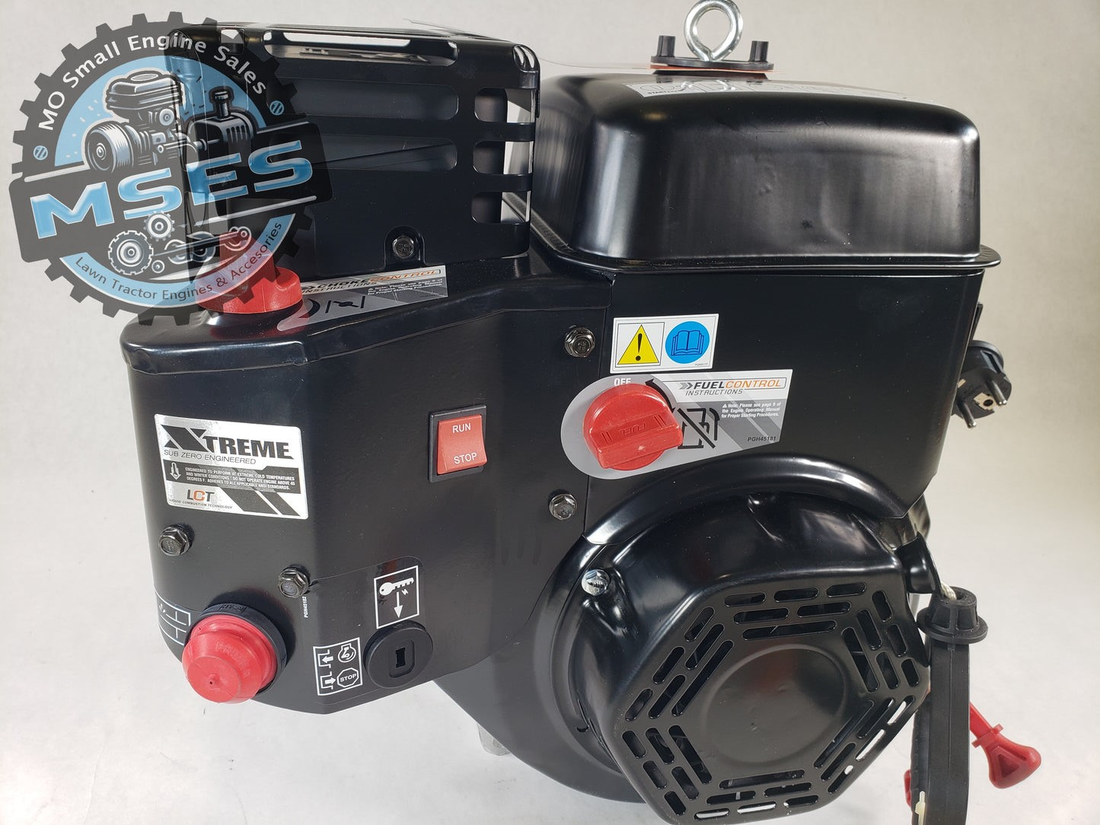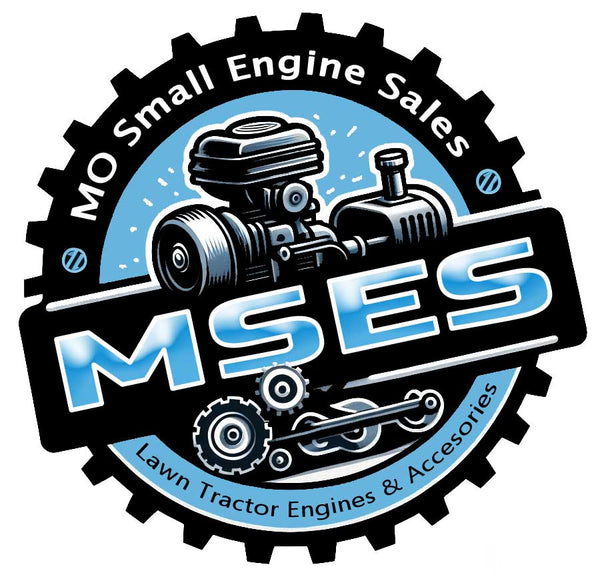
The Role of Horizontal Shaft Engines in Outdoor Power Equipment
Share
In the expansive domain of outdoor power equipment, horizontal shaft engines have carved a niche for themselves as indispensable powerhouses. These engines play a crucial role in powering a wide array of machinery ranging from lawn mowers to pressure washers, and even generators. Their design and functionality offer several advantages in terms of efficiency and reliability, making them a preferred choice in the United States market.
This article delves into the significance, applications, and future potential of horizontal shaft engines within the outdoor power equipment sector.

Introduction: Power and Efficiency in a Demanding Market
The outdoor power equipment industry is a dynamic and steadily growing sector in the United States, driven by advancements in technology and increasing consumer demand for efficient and powerful tools. By 2025, the market is expected to exceed $24 billion, highlighting its significance in the American economy.
Horizontal shaft engines are central to this industry, offering the power and versatility required to meet the varied demands of both residential and commercial users, https://mosmallenginesales.com/. Their role in enhancing the functionality and performance of outdoor equipment cannot be overstated. They are found in a variety of equipment such as lawnmowers, snow blowers, and power generators, making them indispensable in the market.
Understanding Horizontal Shaft Engines
Horizontal shaft engines are characterized by the orientation of their crankshaft, which lies parallel to the ground. This configuration allows for a direct transmission of power in one direction, making these engines particularly suited for equipment that requires linear motion and high torque. This section explores the mechanical design of horizontal shaft engines and explains why they are favored for certain types of outdoor power equipment.
Key features of Horizontal Shaft Engines include:
- High power output: Their design allows for greater power output compared to vertical shaft engines, making them more suitable for heavy-duty applications.
- Durability: The horizontal orientation of the shaft puts less strain on the engine's components, leading to increased longevity.
- Efficiency: These engines are often more fuel-efficient, making them an ideal choice for long-duration usage.
Statistically, a significant portion of outdoor power equipment relies on horizontal shaft engines. According to market research:
- Approximately 60% of all lawn mowers use horizontal shaft engines.
- About 70% of power generators utilise these types of engines for their high-power output and efficiency.
Applications of Horizontal Shaft Engines
Horizontal shaft engines are widely used across numerous applications, predominantly outdoor power equipment. This equipment commonly uses horizontal shaft engines due to their high power performance, superb durability, and impressive fuel efficiency.
Below is a table showcasing popular outdoor power equipment that typically employs horizontal shaft engines and why they are preferred:
|
Equipment |
Reasons for preference |
|
Lawnmowers |
Horizontal shaft engines have a high torque output, making them ideal for lawnmowers tasked with heavy grass-cutting duties. Moreover, these engines are quite durable, allowing for extended period use without any drop in performance. |
|
Snow blowers |
Efficiently moving large volumes of snow requires high power output, which is easily provided by horizontal shaft engines. Additionally, these engines enable better fuel utilization, enhancing the machine's overall efficiency. |
|
Power Generators |
Power generators necessitate consistent power output for prolonged durations. Horizontal shaft engines excel in this with increased fuel-efficiency and durability, making them the preferred choice for larger applications. |
Applications in Outdoor Power Equipment
The applications of horizontal shaft engines are extensive. They are predominantly used in lawn mowers, snow blowers, tillers, and portable generators. The versatility of these engines allows them to perform efficiently in a variety of settings and conditions. This section highlights the diverse uses of horizontal shaft engines and the performance benefits they provide in different equipment.
Aside from the ones mentioned, horizontal shaft engines also demonstrate exceptional performance in other outdoor equipment like:
- Pressure washers: For their effectiveness in removing deep-seated dirt and grime.
- Water pumps: Due to their ability to shift large quantities of water quickly and efficiently.
- Tillers: Thanks to their raw power output that eases the breaking of soil for garden preparations.
Market Trends and Consumer Preferences
Consumer preferences and market trends significantly influence the demand for horizontal shaft engines. In recent years, there has been a noticeable shift towards more eco-friendly and fuel-efficient models. As per a market survey, 60% of users prefer energy efficient engines for their outdoor power equipment.
The following trends have shaped the market:
- The popularity of eco-friendly engines to reduce carbon footprint.
- Demand for intelligent engines for better user convenience and efficiency.
- Preference for compact and lightweight engines, without compromising on power output.
This section analyzes current trends and predicts future developments in the market for horizontal shaft engines, informed by recent statistics from industry studies and market research.
Technological Innovations Driving the Industry
Innovation is a key driver of growth in the outdoor power equipment sector. From improved fuel efficiency to advancements in engine design, technology plays a critical role in shaping the capabilities of horizontal shaft engines. Below are some of the technological breakthroughs enhancing engine performance and efficiency:
- Fuel injection technology for superior fuel efficiency.
- Advanced air intake systems to boost engine power.
- Hybrid technology to utilize both electrical and petrol power.
- Integration of AI for engine monitoring and maintenance prediction.
Environmental Impact and Regulations
The environmental footprint of horizontal shaft engines is a growing concern, driven by stricter emissions regulations and consumer awareness about sustainability. According to the latest EPA regulations, all new engines must reduce hydrocarbon emissions by 35%. The industry has responded with innovations aimed at reducing emissions and enhancing fuel efficiency. In this section, we evaluate the regulatory landscape along with the strides made by manufacturers to meet these requirements.
Some key regulatory bodies include EPA (USA), CARB (California), European Union, etc. The following table summarizes the emission norms for some of these regions.
|
Region |
Emission Norms |
|
EPA (USA) |
Hydrocarbon Emission: 35% reduction |
|
CARB (California) |
Nitrogen Oxides: 40% reduction |
|
European Union |
Particulate Matter: 45% reduction |
Challenges and Opportunities
While the market presents numerous opportunities for horizontal shaft engines, it is not without its challenges. From economic fluctuations to the pressure of complying with regulatory standards, this section provides a balanced view of the obstacles and opportunities facing the industry, encompassing feedback from experts and analysts.
- Economic Fluctuations: Economic instability can have detrimental impacts on the industry. During periods of recession, companies may find it difficult to invest in new engine technology or sustain production of existing models, leading to a slowdown in market growth.
- Regulatory Compliance: To meet global emission standards and environmental sustainability goals, manufacturers are often required to invest heavily in research and development. This can put a significant financial burden on companies, particularly smaller ones with fewer resources.
Despite these challenges, the industry does have its fair share of opportunities:
- Advancement in Technology: Technological innovations pave the way for more efficient and powerful horizontal shaft engines, thereby expanding potential market opportunities.
- Emerging Markets: The rise of developing economies presents new opportunities for horizontal shaft engine manufacturers. As these countries industrialize, the demand for such engines in everything from agriculture to construction is likely to grow.
Comparative Analysis of Engine Types
A comparative analysis between horizontal and vertical shaft engines highlights the unique attributes and advantages of each type. This section offers a detailed comparison, illustrating why certain applications prefer horizontal shaft engines and how they measure against vertical shaft counterparts.
|
|
Horizontal Shaft Engines |
Vertical Shaft Engines |
|
Efficiency |
|
|
|
Power Delivery |
|
|
|
Flexibility in Design |
|
|
|
Cooling Systems |
|
|
|
Maintenance |
|
|
|
Price |
|
|
Conclusion: The Future of Horizontal Shaft Engines
While challenges exist, the market for horizontal shaft engines holds significant opportunities. Technological advancements and emerging markets are driving growth, positioning these engines as a key component in outdoor power equipment. Their versatility, durability, and adaptability to innovation ensure they meet future demands.
As manufacturers evolve with regulations, businesses and consumers can benefit from understanding these shifts. Ready to upgrade or explore high-quality horizontal shaft engines? Visit MO Small Engine Sales for expert guidance and a wide selection of top-performing engines!
